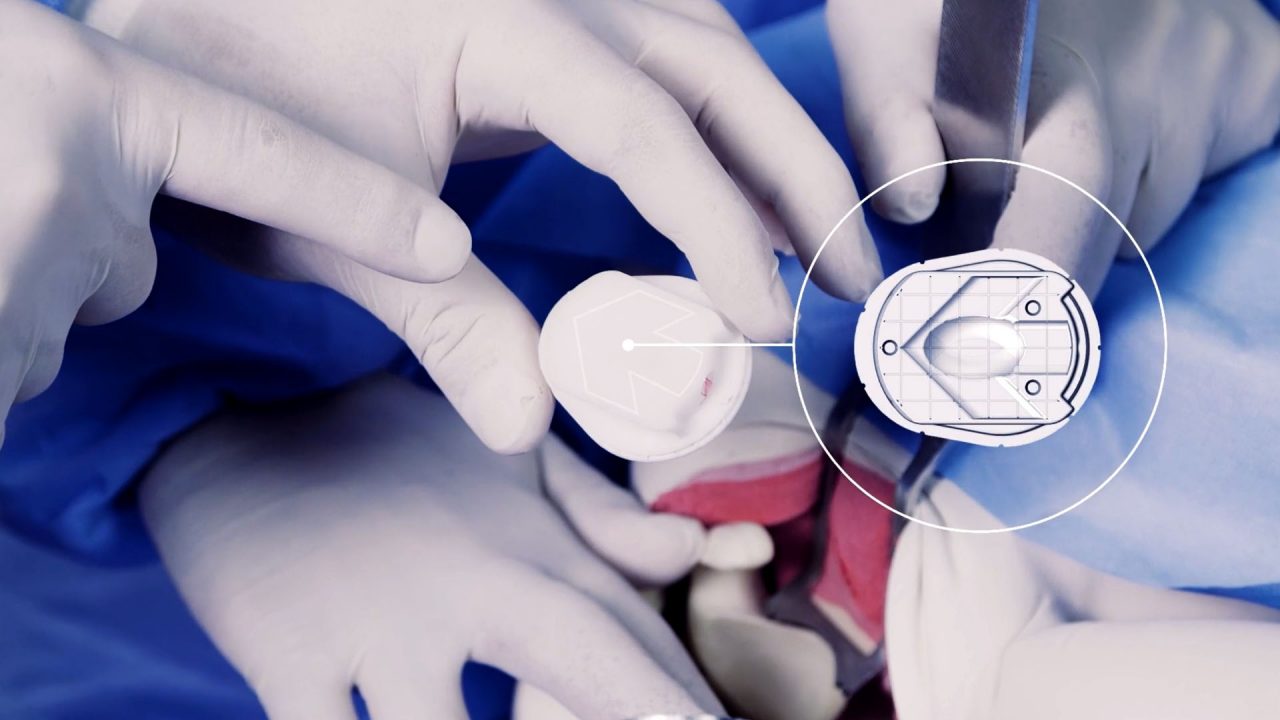
The role of animation & film in medical device instructions
In the field of healthcare, effective communication plays a crucial role in ensuring patient safety, improving treatment outcomes, and empowering both medical practitioners and patients. When it comes to medical device instructions, animation and film have emerged as powerful tools to facilitate learning and understanding.
In this blog, we will explore the significant role that animation and film play in medical device instructions, focusing on their impact on medical practitioners, patients' comprehension of procedures and treatment, as well as their relevance for patients who need to use medical devices at home.
Empowering Medical Practitioners
For medical practitioners, understanding the proper usage and application of medical devices is essential to delivering quality care. Animation and film have proven to be highly effective in training healthcare professionals on the correct techniques and protocols associated with various medical devices.
Here's how animation and film can benefit medical practitioners:
• Visual Demonstration: Animation and film provide dynamic visual representations that can depict the step-by-step process of device setup, operation, and troubleshooting. By visually demonstrating these procedures, medical practitioners can better comprehend the device's functionality and gain confidence in using it correctly.
• Complex Concepts Made Accessible: Medical devices often involve intricate mechanisms and processes that can be challenging to grasp through traditional instructional methods. With animation and film, complex concepts can be simplified and presented in a visually engaging manner, making it easier for medical practitioners to understand and remember the information.
• Standardised Training: Animation and film offer a consistent and standardised approach to training medical practitioners on device usage. By utilising these mediums, medical device companies and healthcare institutions can ensure that all practitioners receive uniform and comprehensive instructions, minimising the risk of errors and promoting patient safety.
Improving Patient Comprehension
Clear and understandable instructions are essential for patients to participate actively in their healthcare journey. Animation and film play a pivotal role in helping patients comprehend medical procedures, treatments, and the proper use of devices.
Here's how animation and film can benefit patients:
• Visualising Procedures: Animation and film provide patients with a visual representation of medical procedures, making them more comprehensible and less intimidating. By showing the step-by-step process, patients gain a better understanding of what to expect, helping to alleviate anxiety and build trust in the healthcare process.
• Patient Education: Educational animations and films can explain complex medical concepts in a simplified manner, enhancing patients' understanding of their condition, treatment options, and the role of medical devices in their care. This knowledge empowers patients to make informed decisions and actively participate in their treatment plans.
• Promoting Adherence to Device Usage: For patients who need to use medical devices at home, such as insulin pumps or respiratory aids, animation and film can be instrumental in ensuring proper device usage. By visually illustrating correct techniques, safety precautions, and maintenance procedures, patients can effectively self-administer treatments and manage their conditions, leading to improved health outcomes.
Enhancing Patient Safety and Confidence at Home
Patients who rely on medical devices for at-home care face unique challenges in using and maintaining these devices correctly. Animation and film offer valuable support by addressing these challenges and promoting patient safety and confidence.
Here's how animation and film benefit patients using medical devices at home:
• Self-Instruction and Troubleshooting: Animation and film can provide patients with self-instructional videos that guide them through the setup, usage, and troubleshooting of medical devices. By offering visual demonstrations and troubleshooting tips, these videos empower patients to manage their devices independently, reducing the need for frequent medical consultations.
• Addressing Language Barriers: Animation and film can transcend language barriers, making instructions more accessible to patients with diverse linguistic backgrounds. Visual cues and demonstrations ensure that patients can understand and follow device instructions, regardless of their proficiency in the local language.
• Improving Device Compliance: Proper device usage is critical for patient safety and treatment effectiveness. Animation and film can highlight the importance of adhering to device usage protocols, emphasising key steps and safety measures. This promotes patient compliance and reduces the likelihood of device-related complications or adverse events.
Conclusion
Animation and film have revolutionised medical device instructions by enhancing the learning experience for medical practitioners and patients alike. By providing visual demonstrations, simplifying complex concepts, and addressing language barriers, these mediums have significantly improved the understanding and proper usage of medical devices. Furthermore, animation and film empower patients who need to use devices at home by promoting self-management, adherence to protocols, and patient safety.
As technology continues to advance, animation and film will play an increasingly vital role in facilitating effective communication and empowering individuals in their healthcare journey.
For help creating instructional films and animation, contact Cohesion Studios [email protected]

